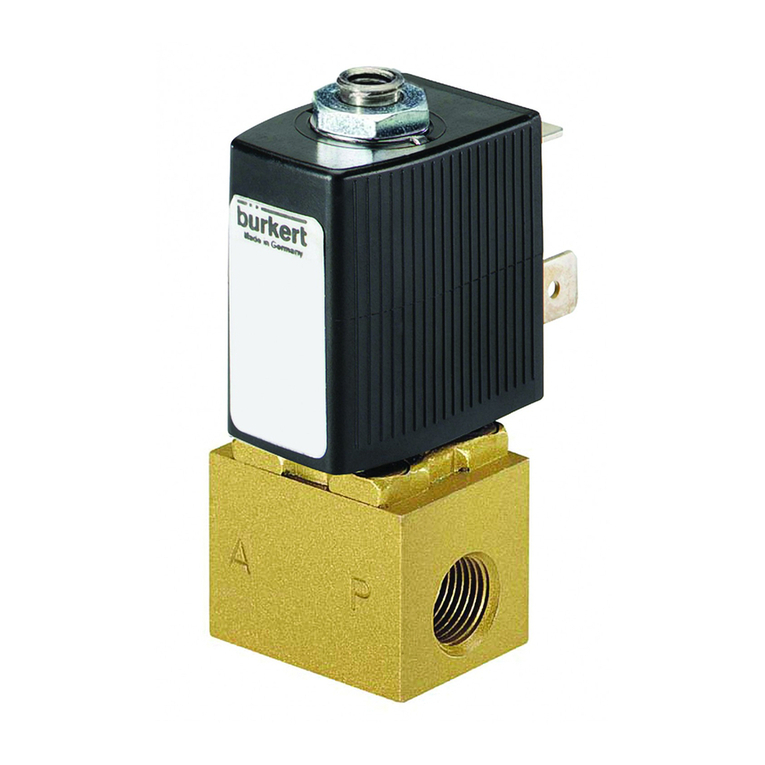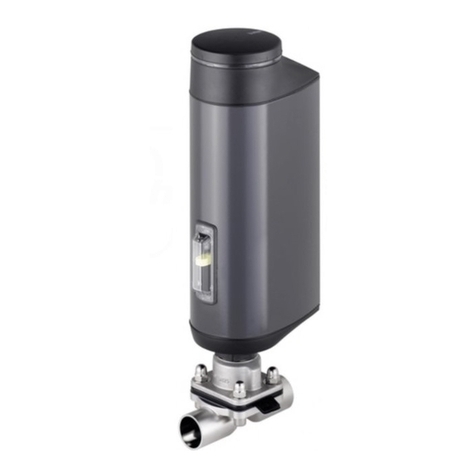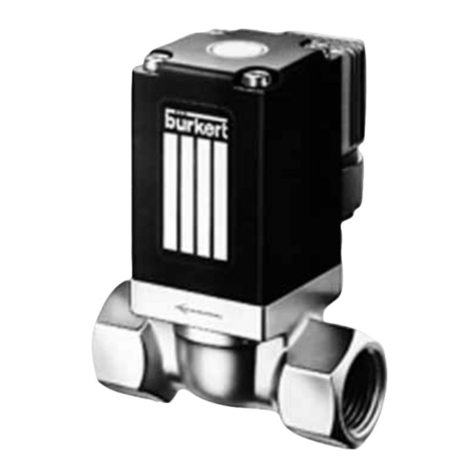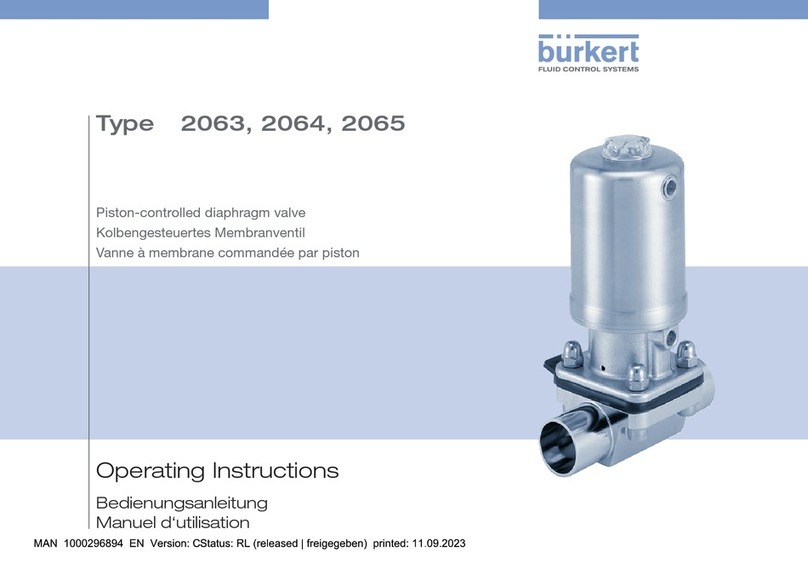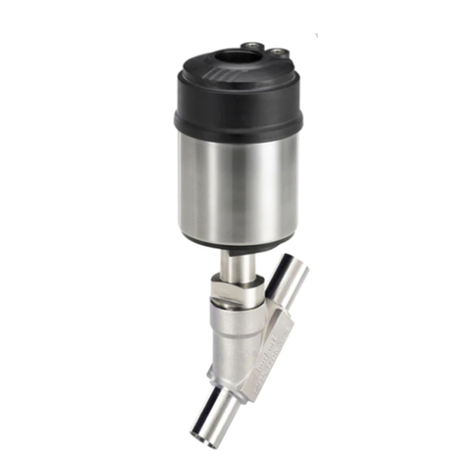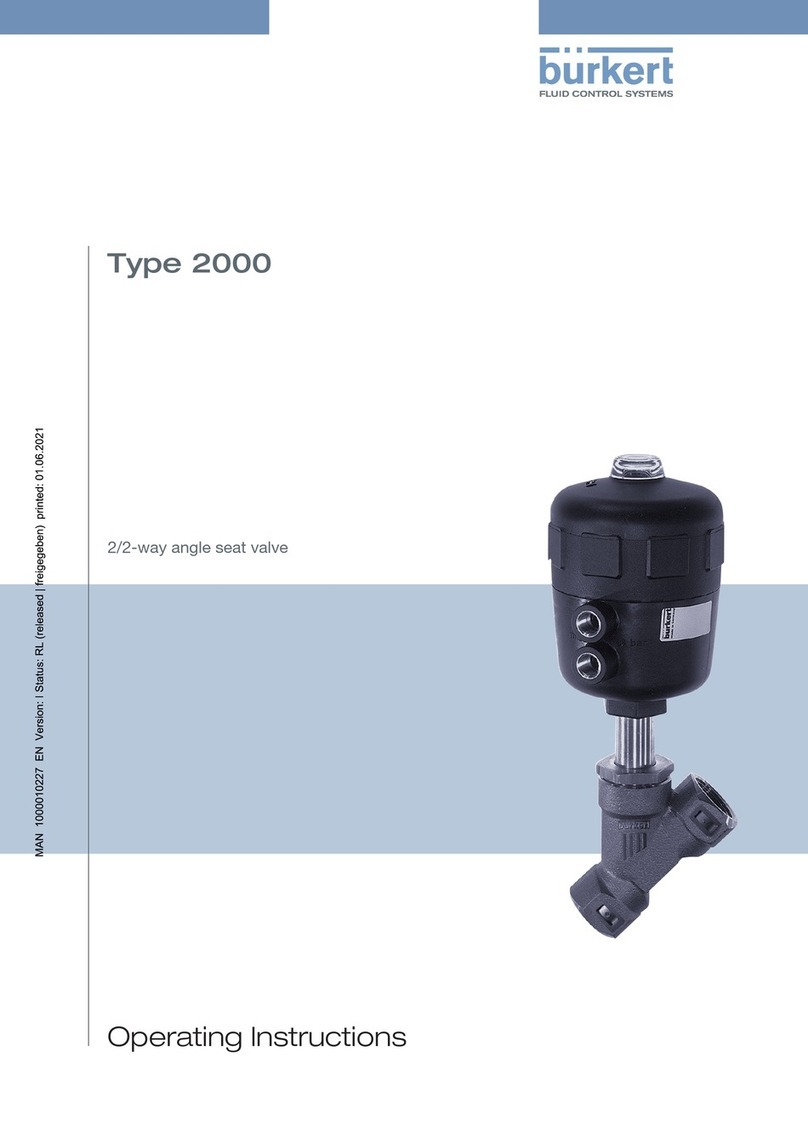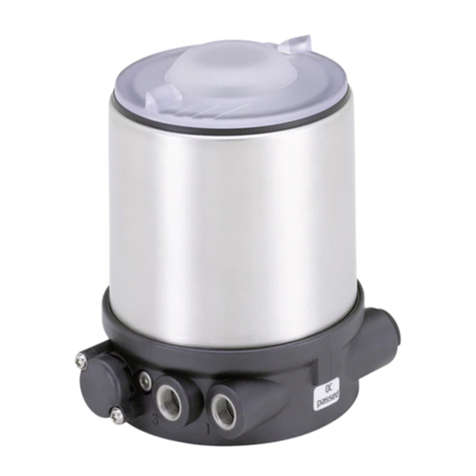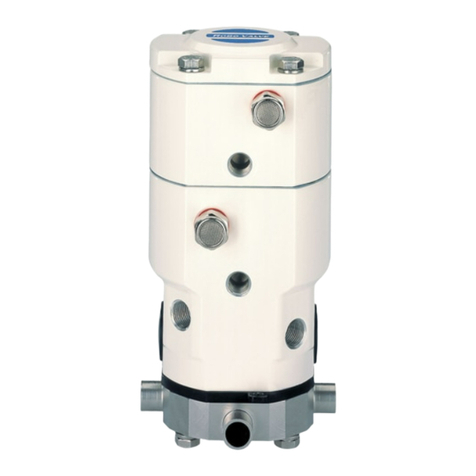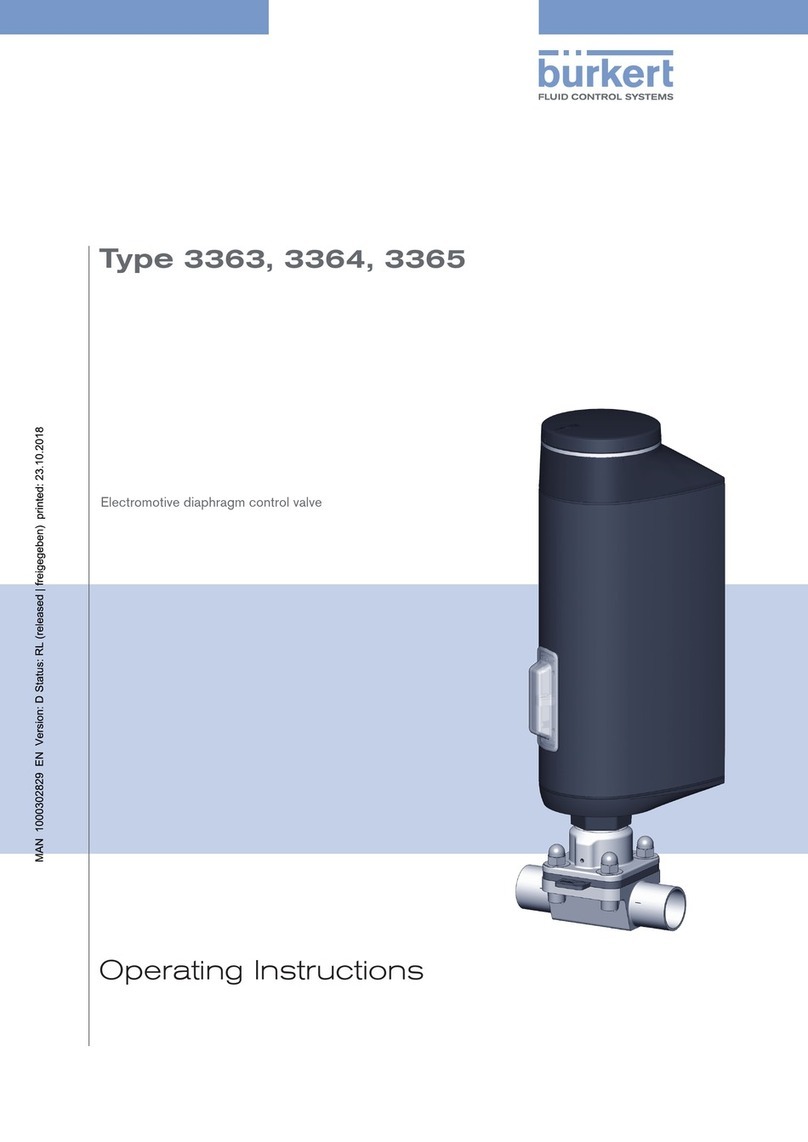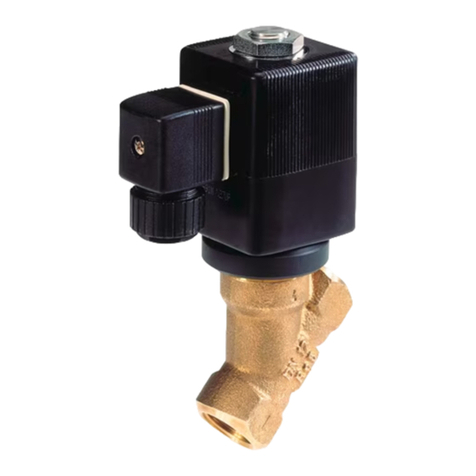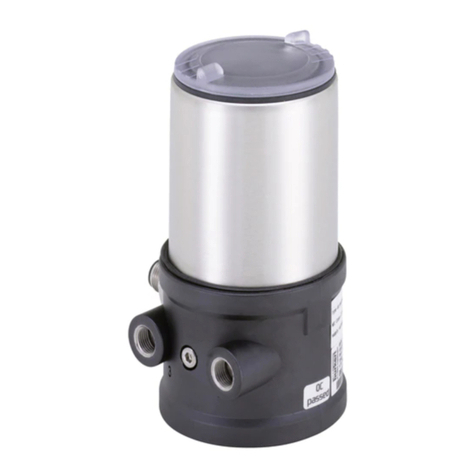
3
Type 8647
1 THE QUICKSTART ................................................................ 4
1.1 Denitionsofterms............................................................. 4
1.2 Symbols.............................................................................. 5
2 AUTHORIZED USE ............................................................... 5
3 BASIC SAFETY INSTRUCTIONS.......................................... 6
4 GENERAL INFORMATION .................................................... 8
4.1 Contact address ................................................................. 8
4.2 Warranty.............................................................................. 8
4.3 Information on the Internet ................................................. 8
4.4 Conformity .......................................................................... 9
4.5 Standards ........................................................................... 9
5 SYSTEM OVERVIEW............................................................. 9
5.1 Valve block AirLINE SP Type 8647 ..................................... 9
5.2 Connection units............................................................... 10
5.3 Valve units......................................................................... 11
5.4 Solenoid valves that can be integrated for pneumatics.... 12
6 APPLICATION PLANNING .................................................. 13
6.1 AirLINE SP Type 8647 in combination with
SIMATICET200SPHA ..................................................... 14
6.2 Application conditions ...................................................... 14
6.3 Maximum system extension ............................................. 14
7 INSTALLATION .................................................................... 16
7.1 Removing the transportation safety device from the
valve block........................................................................ 16
7.2 Installing the valve block on the standard rail in the
control cabinet.................................................................. 17
7.3 Installing the valve block on the base of the
control cabinet (with AirLINE Quick)................................. 18
7.4 Disassembling from the standard rail in the
control cabinet.................................................................. 19
8 CONNECTING ..................................................................... 20
8.1 Pneumatic Installation....................................................... 21
8.2 Electrical installation ......................................................... 23
9 CONFIGURATION ............................................................... 25
10 START-UPS ......................................................................... 26
10.1 Electrical start-up.............................................................. 26
10.2 Pneumatic start-up ........................................................... 27
11 OPERATION ........................................................................ 27
11.1 Manual activation of the valves ........................................ 28
11.2 LED display connection units ........................................... 28
11.3 LED display of electronic base modules .......................... 29
11.4 LC display of electronic base modules............................. 29
11.5 Diagnostics reaction ......................................................... 31
12 MAINTENANCE................................................................... 32
12.1 Replace valve.................................................................... 32
13 TROUBLESHOOTING ......................................................... 33
13.1 Valve reaction.................................................................... 33
13.2 Module reaction................................................................ 35
13.3 LC display of PQ modules ................................................ 36
14 TECHNICAL DATA............................................................... 37
14.1 Operating conditions ........................................................ 37
14.2 General technical data...................................................... 38
14.3 Pneumatic data................................................................. 39
14.4 Electrical data ................................................................... 40
14.5 Type label.......................................................................... 41
15 PACKAGING, TRANSPORT, STORAGE ............................. 41
Contents
Type 8647
english


